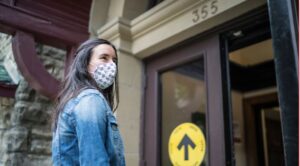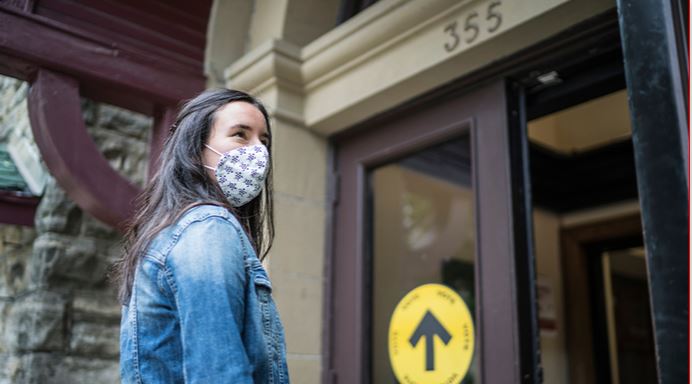Political uncertainty remains even after the federal elections

TORONTO – The federal elections have not resolved the climate of uncertainty that has characterized Canadian politics since 2019. The tear wanted by Justin Trudeau, with the leap in the dark represented by the early vote during the fourth wave of the pandemic, has not brought clarity in the balance of power between the parties and the political balances to the House of Commons. At the end of this election we find ourselves exactly where we started: with a minority government, with the oppositions too weak to sabotage the political agenda of the liberal prime minister and with a fragmented and divided electorate.
Uphill route to Trudeau. The Liberal leader must continue to thank the physiological weakness of conservatives and neo-democrats, starting with Erin O’Toole and Jagmeet Singh. Trudeau, with the victory halved on September 21, will have to carry out a government agenda in an obstacle course characterized by the Covid-19 pandemic, the economic crisis that has been present for over 19 months now, the need to deal with a record budget hole for which there is not even a draft debt repayment plan. The prime minister had played the election card to win an absolute majority of deputies: the electorate has turned its back on him and we find ourselves with a distribution of seats practically identical to that of the last legislature.
Discontent is bubbling among conservatives against their leader. It airs of settling scores within the Conservative Party. It is evident that the two souls of the party – the most moderate and the most right-wing – were disappointed by the results of these elections.
O’Toole had planned a very specific strategy: to move the party towards the center on numerous issues, with the declared aim of gaining ground and snatching a good number of seats in the GTA. The project failed miserably: not only did the conservatives not advance in and around Toronto, but they even saw the consensus in the Prairies fall.
In Alberta, for example, a Tory fiefdom for decades, the Conservative Party fell by 14 percent, losing in two districts considered safe in Calgary and Edmonton. Andrew Scheer, former leader of the Conservative Party, was quickly liquidated after losing the election, having sent 121 MPs to Ottawa. O’Toole, for his part, has won in 119 districts.
Doubts about the leadership of the NDP. On the left, the first doubts about Jagmeet Singh begin to arise. The Ndippino leader led the party in two elections, with an expectation of growth increased in the last election campaign. For now, the results have not been seen: 24 deputies in 2019, 25 in these elections, with the party destined for almost political irrelevance. Here, too, we need a breakthrough. The years of the orange wave of the late Jack Layton are very far away, as should the former leader Thomas Mulcair: under his leadership the party in 2015 took 3,469,368 votes, in the last electoral round the NDP totaled 2,869,000 preferences, 600 thousand votes evaporated in a short time.
More questions about the electoral system. We have been talking about it for years, but no prime minister has ever had the courage and political strength to intervene: the Canadian electoral system – pure majority in a single turn without corrections – creates distortions in the process of translating the popular vote into representation in parliament.
As in 2019, for example, the Conservative Party took more votes than the Liberal Party: yet, in the distribution of seats, it is the grits who prevail. And what about the Greens and the People’s Party? The Green Party has taken just 370 thousand votes and sends 2 representatives to Ottawa, the party of Maxime Bernier with its 870 thousand votes does not win even one seat. A correction of the electoral system is urgently needed: it would be enough – as happens in other countries – to reserve a share of those elected with the proportional system, to ensure greater representativeness.



